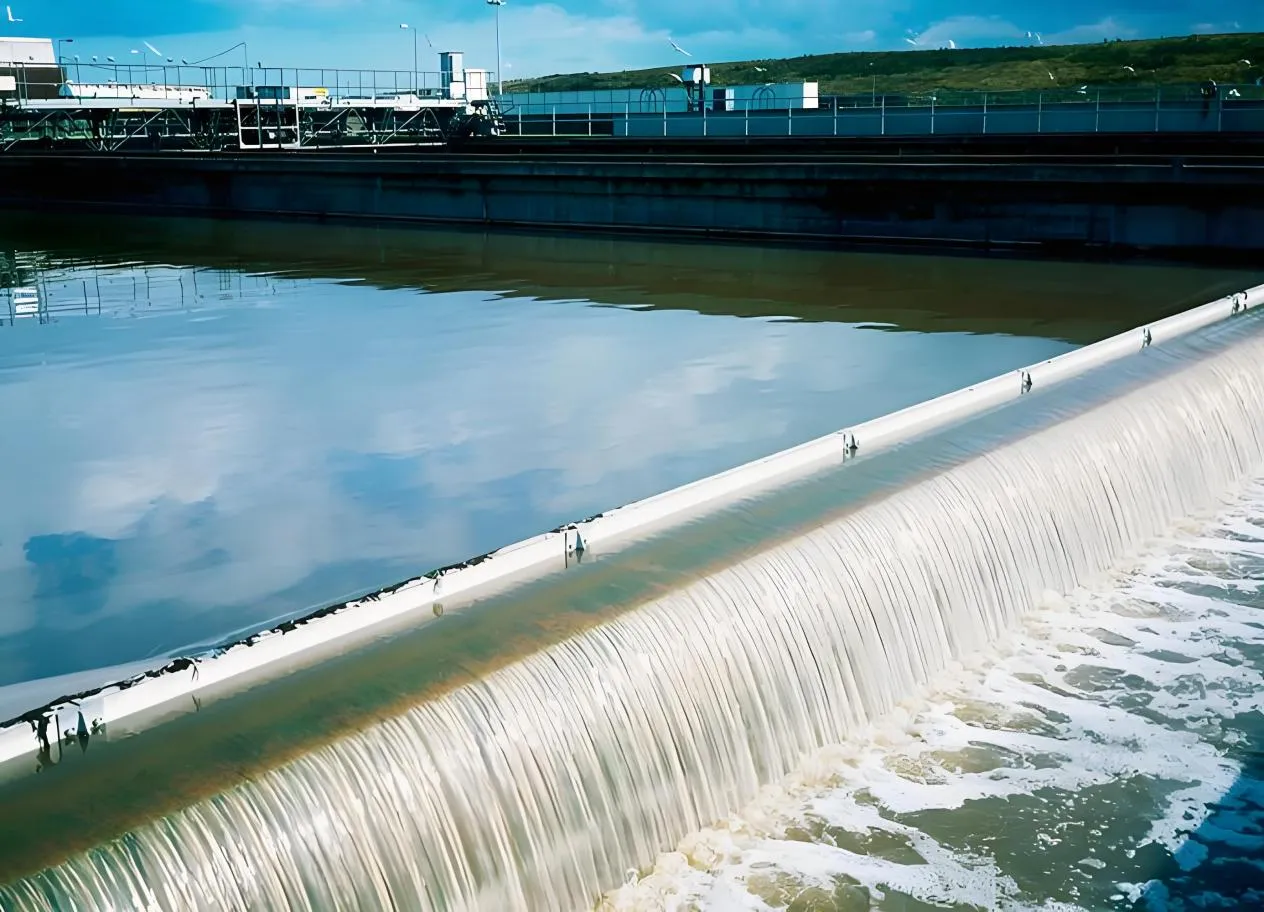
The Essential Role of Antifoaming Agents in Industrial Applications
Antifoaming agents are essential in a variety of industrial processes to prevent excessive foam formation, which can interfere with production efficiency, product quality, and operational safety. The types of antifoaming agents vary depending on their composition and the specific industry requirements. Generally, they can be classified into several categories, including silicone-based, non-silicone-based, and natural agents.

Understanding the Different Types of Antifoaming Agents
Silicone-based antifoaming agents are the most common and are highly effective at reducing foam in applications such as water treatment, food processing, and chemical manufacturing. These agents typically consist of a blend of silicone oils, emulsifiers, and other additives that can break down the foam quickly. Non-silicone-based agents, on the other hand, are used in situations where the presence of silicone might be undesirable, such as in certain food and pharmaceutical products.
Natural antifoaming agents, derived from plant oils and fats, are also gaining popularity due to their environmentally friendly nature and reduced toxicity. The choice of types of antifoaming agents depends on factors like the specific process requirements, temperature conditions, and the chemical composition of the system.

Common Antifoaming Agents Examples and Their Applications
There are numerous көбікке қарсы агенттердің мысалдары available in the market, each designed to meet specific needs across various industries. Some of the most widely used examples include:
Silicone-based agents: These are often used in water treatment and food processing because they are effective at reducing foam in both high and low pH environments.
Mineral oils: A cheaper option used in industrial processes, mineral oil-based antifoam agents are commonly applied in pulp and paper industries.
Fatty alcohols and esters: These agents are often used in the food and beverage industry to control foam formation in beverages and other liquid products.
Polyether-based agents: These are used in applications requiring foam control at high temperatures, such as in textile and coating processes.
In addition to specific көбікке қарсы агенттердің мысалдары, there are also defoaming agents, which not only prevent foam formation but actively break down foam after it has formed. The difference between antifoaming agents and defoaming agents lies in their timing and application: antifoamers are typically added before foam forms, while defoamers are used to eliminate foam that has already appeared.
For instance, in the pharmaceutical industry, defoaming agents are often used during the production of certain liquid formulations, such as syrups or suspensions, to prevent foaming during mixing or storage. Similarly, in chemical manufacturing, defoaming agents are crucial to maintaining smooth production processes by ensuring that foam does not disrupt the machinery or the efficiency of the reaction.

A Comprehensive Antifoaming Agents List
An antifoaming agents list would typically include both chemical compounds and natural substances, categorized by their specific application. From silicone-based дейін mineral oils, and from fatty alcohols дейін polyether compounds, the diversity of antifoaming agents reflects their wide range of uses across industries. Whether used for prevention or post-foam elimination with defoaming agents, these additives are indispensable in keeping industrial processes running smoothly and efficiently.
In conclusion, selecting the appropriate types of antifoaming agents for each application is essential to ensuring optimal production processes. By understanding the different көбікке қарсы агенттердің мысалдары and how they function, industries can maintain high-quality standards, improve productivity, and reduce operational costs.
-
Hydroxypropyl Starch as a Sustainable Construction AdditiveNewsNov.24,2025
-
The Gelation Properties of CMCNewsNov.21,2025
-
Redispersible Latex Powder and Water Retention CapacityNewsNov.21,2025
-
Dosage Control for Polycarboxylate Water ReducerNewsNov.21,2025
-
Film-Forming Properties of Polyvinyl AlcoholNewsNov.21,2025
-
The Function of Gypsum Additives in MortarNewsNov.21,2025





















